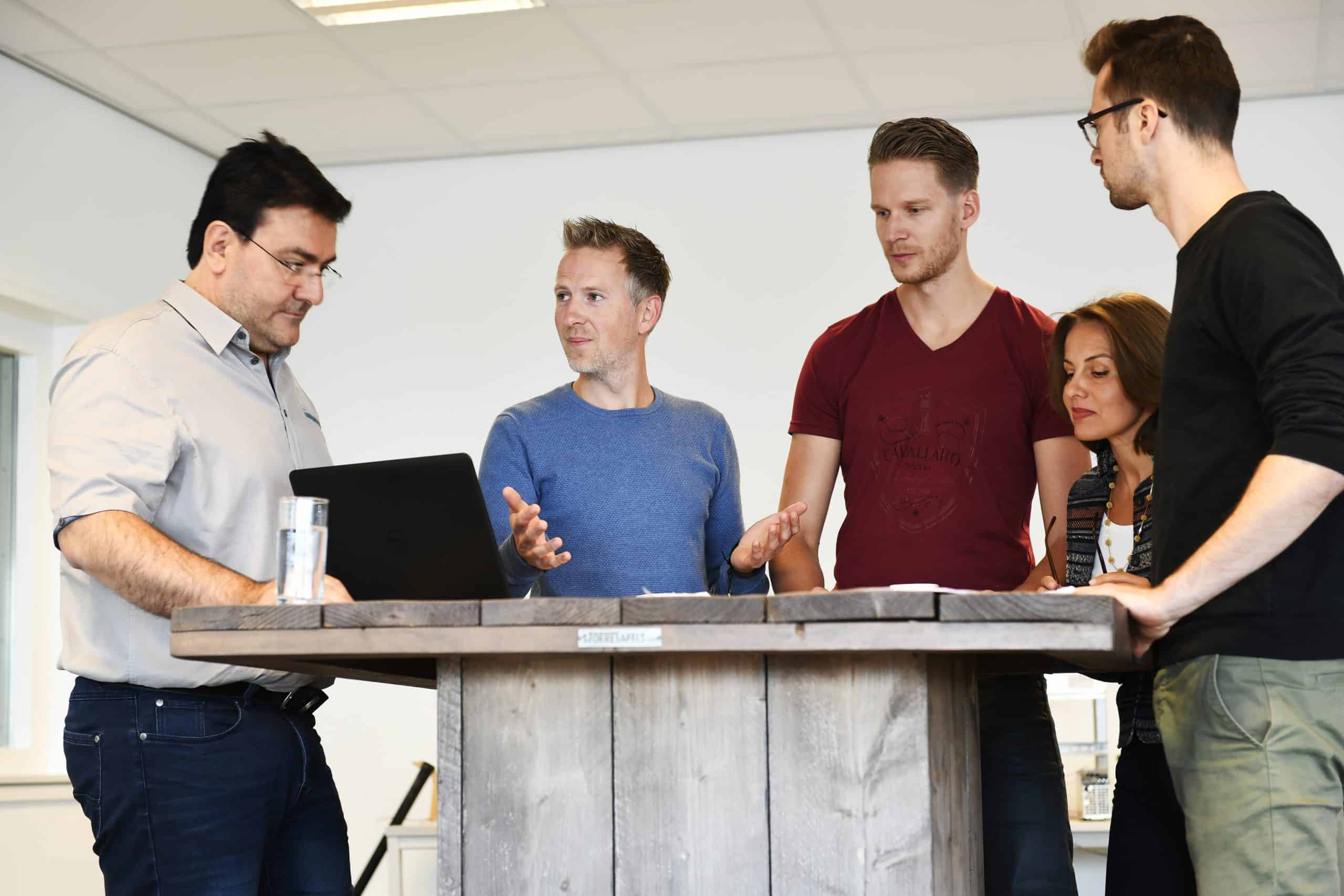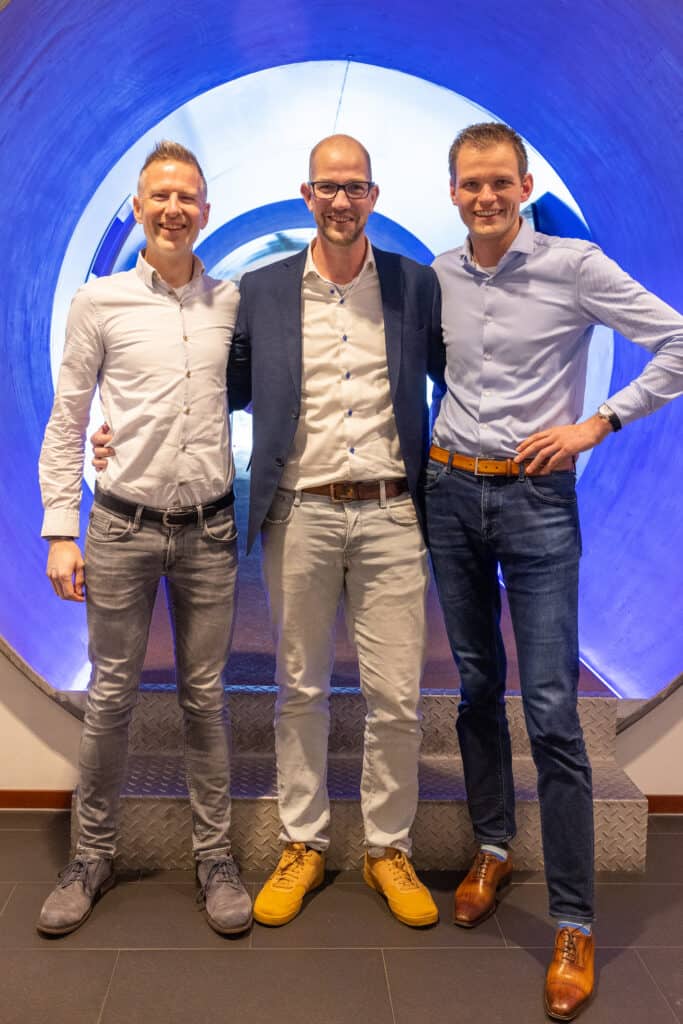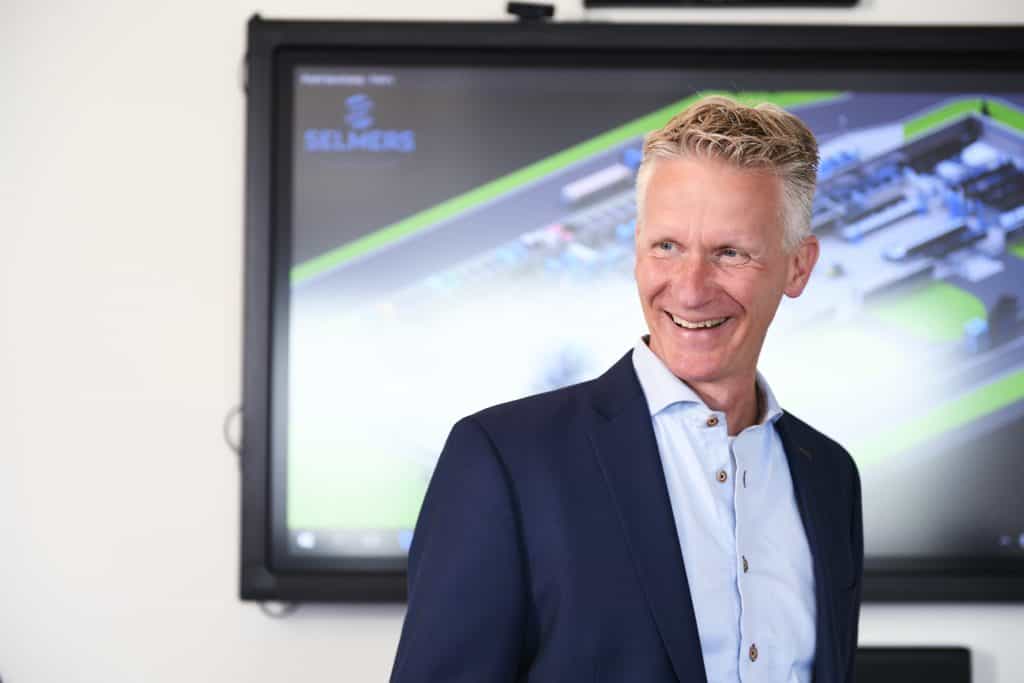How we do
- Selmers
- How we do
The demand for complex systems increases with ever growing lists of specifications for quality and safety. Product development needs to be fast and flexible and in this digitizing world testing is required for agreements and optimization. Our structure & methods support it all.
Working Method
We have opted for agile methods and organize our projects with a Lean philosophy using the V-model. This model is a “Validation and Verification” method, providing control for process and progress. This strict model is based on having an associated test stage for every development stage. The next stage starts only after completing the previous stage. Below you will find a schematic overview of the rough phases in the journey with our customers. Whether all phases apply or only one or two, of course, depends on the desired degree of development.

Step 1
Understanding your question and convert this in concepts
Step 2
Pre-engineering: concept development
Step 3
Product development: detail engineering and virtual testing
Step 4
Manufacturing, product assembly and factory acceptance test
Step 5
Installation, commissioning and site acceptance test
Tailor-made solutions approach
Selmers’ approach is to always provide a safe, professional, state-of-the-art and reliable industrial process solution. Either our customers find a best fit in our proven technology that only needs to be customized, or the best way to address their challenge could be for new technology to be developed. For the latter option Step 2 is crucial, for which we have an experienced and dedicated Concept Team at our disposal. Some customers approach us for Step 2 to be executed as a stand-alone project for their (obligations-free) future steps exploration.
After each iteration in the project’s product development, our customer can see the result and determine whether they are satisfied with the result or not. This is one of the benefits of the agile engineering development life cycle model. It enables Selmers to respond quickly and effectively to changes in the outside world. In recent years, our industrial automation staff have arranged the structure of our software in such a way that context is added to the process data so that is can be used for analysis. This data can be used to further optimize and automate your processes and enables Machine Learning. Hence we regard any solution to be iterative as well.

Contact
We believe that a match in way of working is most crucial to form a partnership. So feel free to get a quick answer.
